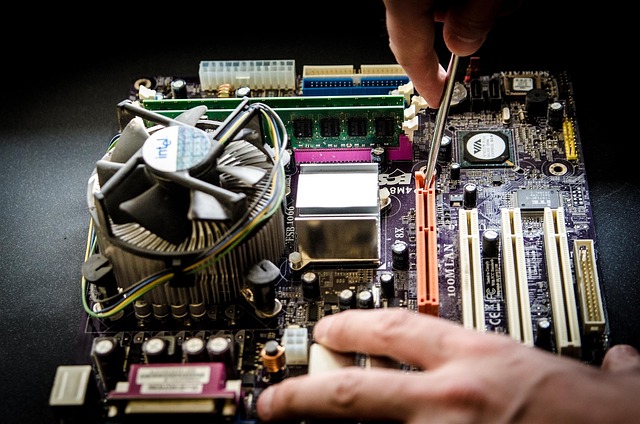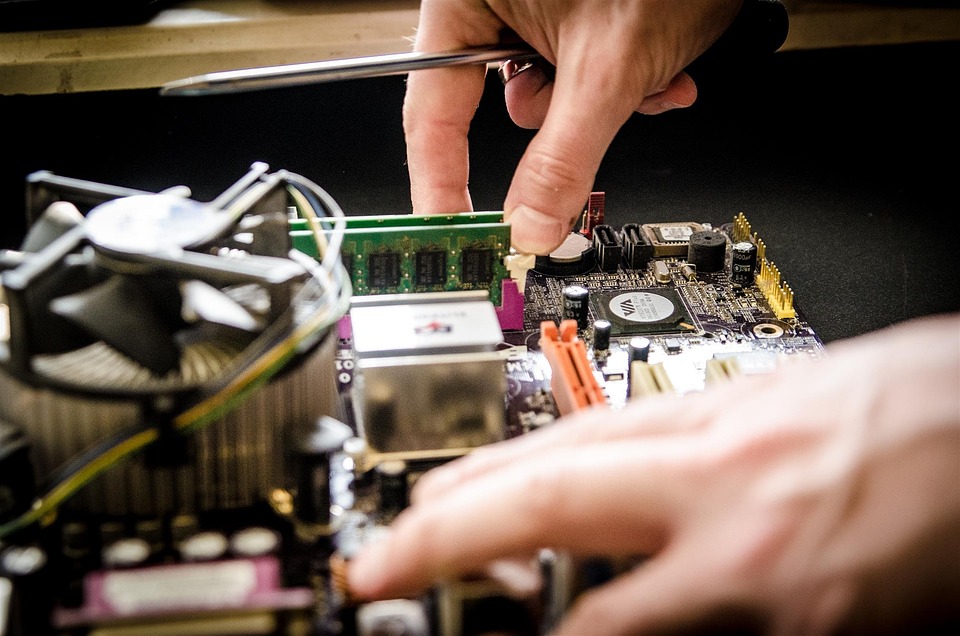There are several reasons to invest in a Humanscale monitor arm. First, they improve ergonomics by positioning screens at eye level, which can help reduce neck and back strain. Second, they free up desk space by moving screens off of the desktop and into the air. This allows for greater organization and a cleaner look in the workspace. Finally, monitor arms can increase productivity by making it easier to switch between tasks and reference information on multiple screens simultaneously.
Humanscale’s line of monitor arms offers a variety of features to suit different needs. Here are a few details on these features:
Weight capacity:
Most Humanscale monitor arms can support screens up to 30 pounds. Some models are designed for heavier duty applications and can accommodate screens up to 50 pounds.
VESA compatibility:
VESA is a standard for mounting interfaces on monitors and TVs. All of Humanscale’s monitor arms are compatible with VESA-mount displays.
Monitor size compatibility:
Most Humanscale monitor arms can accommodate displays ranging from 13″ to 27″. Some models are designed for larger monitors and can accommodate displays up to 32″ in size.
Material:
The majority of Humanscale monitor arms are made from aluminum, a lightweight yet strong material. However, some models are also available in carbon fiber, which is lighter and provides a sleek, modern look.
Finish:
Humanscale monitor arms are available in various finishes, including black, white, and silver.
Lift range
The lift range is the vertical distance from which a monitor arm can move a screen. Most Humanscale monitor arms have a lift range of 12″, which is sufficient for most applications. Some models have a greater lift range of 18″ or more, which can be helpful for taller users or for mounting screens higher on walls.
Swivel range:
The swivel range is the horizontal distance a monitor arm can rotate a screen. Most Humanscale monitor arms have a swivel range of 180°, allowing for full display rotation. Some models have a greater swivel range of up to 360°, which can help mount screens in tight spaces or for users who need to view their displays from multiple angles.
Tilt range:
The tilt range is the angular distance that which a monitor arm can tilt a screen. Most Humanscale monitor arms have a tilt range of +85°/-15°, which allows for full adjustment of the screen’s angle. Some models have a greater tilt range of +90°/-30°, which can help reduce glare or achieve the perfect viewing angle.
Cost:
Humanscale monitor arms range in price from around $100 to $500. The price varies based on the features and materials of the arm.






